Table of Contents
Introduction to Anatto Seed
Anatto seed (also known as annatto or achiote) is a natural red spice derived from the Bixa orellana plant, widely used for centuries in Latin American and Caribbean cuisines to add vibrant color and subtle earthy flavor to dishes. This comprehensive guide covers everything you need to know: from its flavor profile to practical cooking tips, buying advice, and science-backed health benefits.
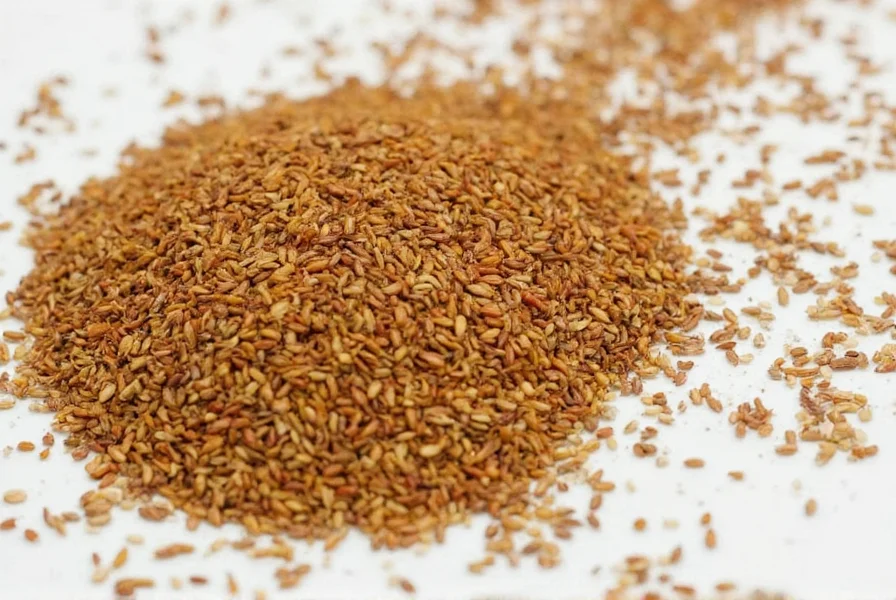
Known for its distinctive red hue from bixin compound, anatto seed is a versatile ingredient that enhances both visual appeal and taste in rice, soups, meats, and sauces. It's generally recognized as safe (GRAS) by the FDA for food use.
Understanding the Flavor Profile of Anatto Seed
Anatto seed has a complex flavor profile often described as earthy, nutty, and slightly peppery with a subtle citrus undertone. It's mild enough not to overpower dishes but distinctive enough to add depth. Studies show its flavor compounds work best when paired with acidic ingredients like lime or vinegar.
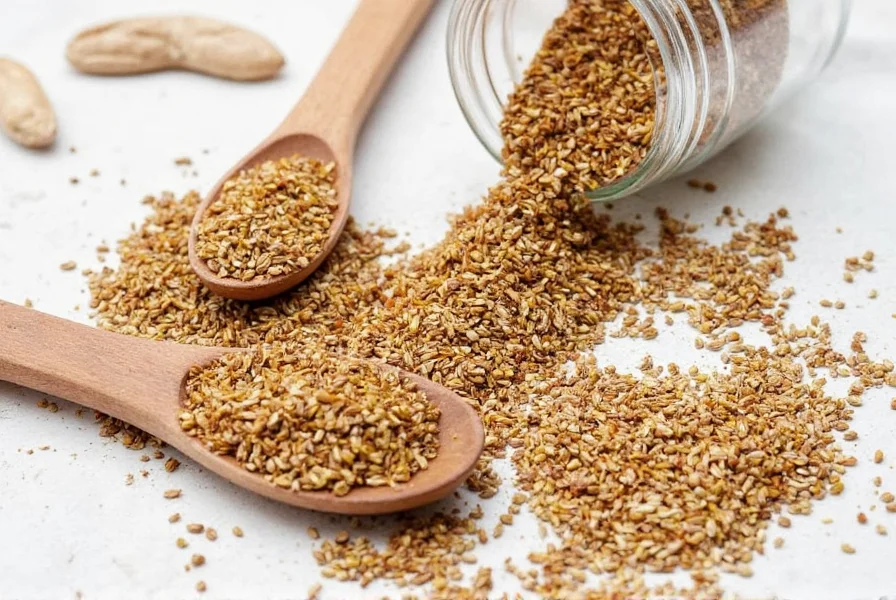
Key Characteristics of Anatto Seed:
- Color: Vibrant red (from bixin compound)
- Flavor: Earthy, nutty, slightly peppery with citrus notes
- Aroma: Sweet and aromatic when toasted
- Texture: Hard and dry when raw; softens when cooked
Creative Uses in Cooking with Anatto Seed
Anatto seed is more than just a coloring agent—it's a flavor enhancer with specific culinary applications. Here are proven techniques with detailed recipes:
1. Marinating Meats for Authentic Latin American Flavor
For chicken or pork: Mix 1 teaspoon ground anatto seed with 2 tablespoons lime juice, 2 minced garlic cloves, 1 tablespoon olive oil, and 1 teaspoon oregano. Marinate for 2+ hours before grilling. This creates vibrant red color and deep flavor, as used in traditional Mexican adobo recipes.
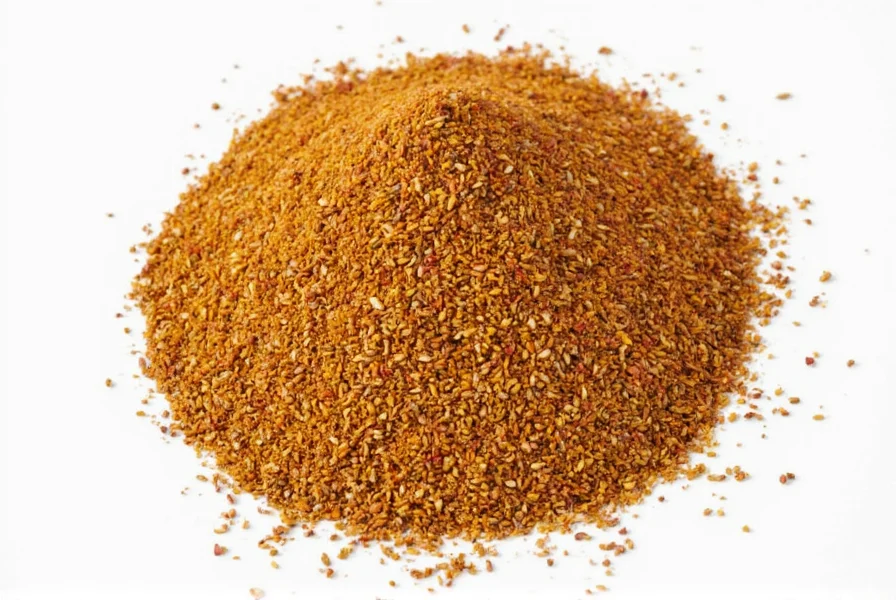
2. Coloring Traditional Rice Dishes
For authentic Mexican arroz rojo: Sauté 1 onion and 2 garlic cloves in 2 tbsp oil. Add 1 cup rice and 1 tsp ground anatto seed. Cook with 1.5 cups broth until done. The bixin in anatto provides natural red coloring without artificial additives.
3. Making Homemade Anatto Oil
Steep 2 tbsp whole anatto seeds in 1 cup olive oil for 4 hours at room temperature. Strain and store in a jar. Use 1-2 tsp per recipe for salad dressings, sauces, or roasted vegetables. This concentrated form maximizes flavor and color efficiency.
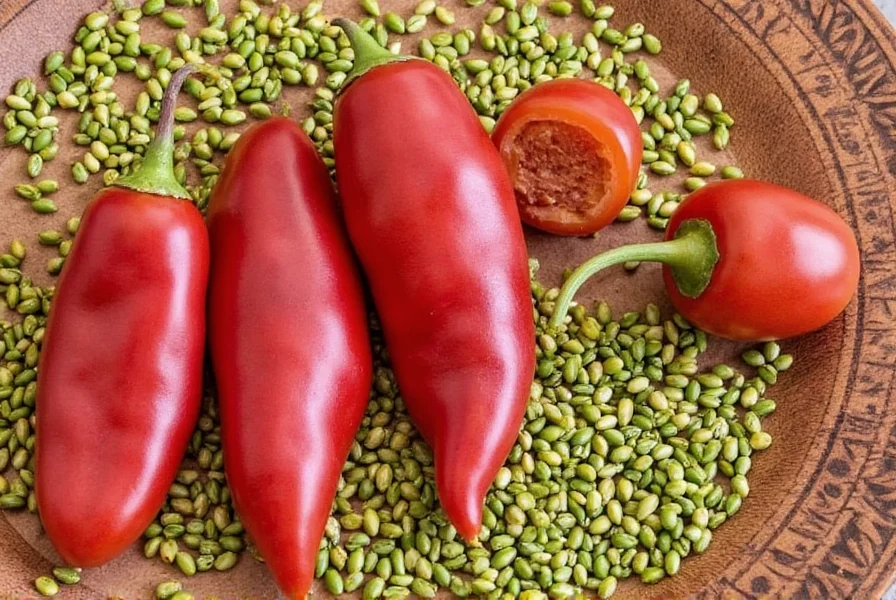
4. Seasoning Vegetables for Color and Flavor
Roast carrots or squash with 1 tsp ground anatto seed, 1 tbsp honey, and 1 tsp cumin. The anatto enhances natural sweetness while adding vibrant orange-red hue. Perfect for holiday sides or meal prep.
The Ultimate Buying Guide for Anatto Seed
Follow these expert tips to choose high-quality anatto seed for optimal results:
Types of Anatto Seed
- Whole Seeds: Best for freshness and versatility. Grind as needed for maximum flavor potency. Ideal for making anatto oil or toasting.
- Ground Anatto: Convenient for quick recipes but loses potency faster. Choose vacuum-sealed packaging for longer shelf life.
- Anatto Oil: Ready-to-use for dressings and sauces. Look for cold-pressed varieties without additives.
| Feature | Description |
|---|---|
| Color | Vibrant red (not faded or brown) |
| Smell | Fresh, slightly sweet, and aromatic (avoid musty odors) |
| Texture | Hard and dry (not sticky or damp) |
| Origin | Best when sourced from Mexico, Peru, or Caribbean (verified产地) |
Where to Buy
Anatto seed is available at Mexican grocery stores, Amazon (search "organic anatto seeds"), specialty spice shops like Penzeys Spices, and online retailers like Spice Jungle. For authentic products, look for brands with Latin American sourcing and USDA organic certification.
Best Uses and Occasions
- Traditional Cooking: Essential for authentic Latin American dishes like recado rojo and arroz con pollo
- Vegetarian/Vegan Cooking: Perfect natural coloring for plant-based dishes needing red hue
- Meal Prep: Add to rice or bean dishes for vibrant color and flavor consistency
Practical Tips for Using Anatto Seed
Follow these science-based tips for optimal results:
1. Toast for Maximum Flavor
Toast whole seeds in a dry skillet over medium heat for 2-3 minutes until fragrant before grinding. This activates flavor compounds and enhances aroma.
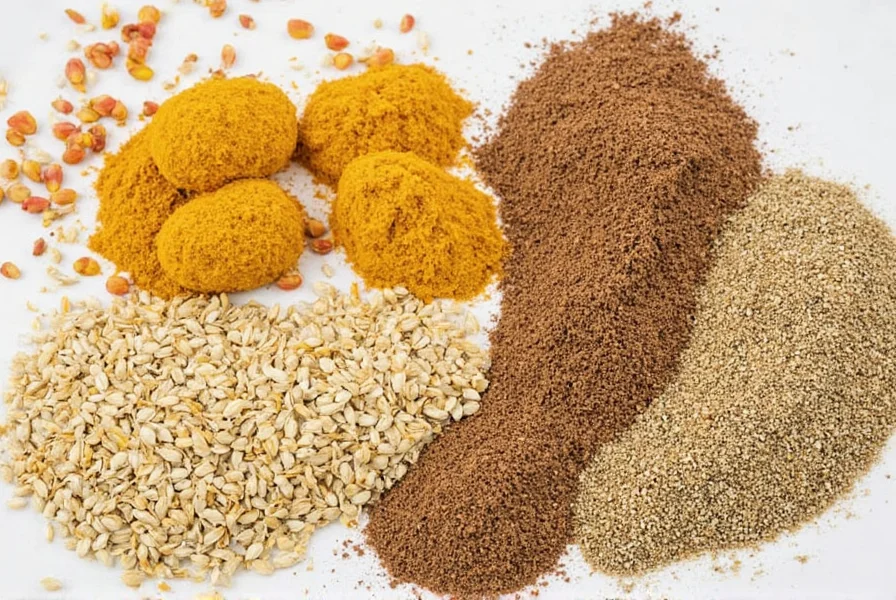
2. Use Precise Measurements
Start with 1/4 tsp ground anatto per serving. Its color is intense—too much can make dishes bitter. Adjust gradually for desired hue.
3. Pair with Complementary Ingredients
Combine with citrus (lime/orange), garlic, cumin, oregano, or smoked paprika. Avoid pairing with strong spices like cloves that may overpower its subtle notes.
4. Proper Storage
Store whole seeds in airtight glass jar away from light. For ground anatto, keep in refrigerator for up to 6 months. Proper storage maintains color intensity and flavor potency.
5. Experiment with Forms
Try different preparations: whole seeds for infusing oils, ground for dry rubs, or oil for dressings. Each form offers unique culinary applications.
Frequently Asked Questions About Anatto Seed
What is anatto seed and where does it come from?
Anatto seed (annatto or achiote) comes from the Bixa orellana plant native to tropical Americas. It's been used for centuries in Latin American and Caribbean cuisines for natural food coloring and flavoring. The seeds contain bixin, a carotenoid compound responsible for its vibrant red color.
What does anatto seed taste like?
Anatto seed has an earthy, nutty flavor with subtle peppery notes and a mild citrus undertone. It's often compared to a blend of paprika and cumin but with less heat. The flavor is distinctive yet versatile, enhancing rather than overpowering dishes.
How do I use anatto seed in cooking?
Anatto seed can be used whole, ground, or as oil. Toast whole seeds before grinding for maximum flavor. Add ground anatto to marinades, rice, soups, or rubs. For coloring, steep seeds in hot oil or broth. It's commonly used in Mexican adobo, Caribbean rice dishes, and Latin American stews.
Is anatto seed safe to eat?
Yes, anatto seed is generally recognized as safe (GRAS) by the FDA for food use. It's been used for centuries without safety concerns. However, rare allergic reactions may occur in sensitive individuals. Always check for purity if you have food allergies.
What are common substitutes for anatto seed?
For color: Paprika + pinch of turmeric. For flavor: Cumin + smoked paprika. Saffron works for color but is expensive. Note: No substitute perfectly replicates anatto's unique profile. For authentic Latin American dishes, anatto is irreplaceable.
How should I store anatto seed?
Store whole seeds in airtight glass jar away from light and heat. Ground anatto should be refrigerated for up to 6 months. Proper storage maintains color intensity and prevents oxidation. Avoid plastic containers which may absorb flavor compounds.
Does anatto seed have any health benefits?
Anatto seed contains bixin, a potent antioxidant studied for potential anti-inflammatory effects. Research in the Journal of Agricultural and Food Chemistry suggests it may support heart health and eye protection. It's naturally gluten-free and nut-free, making it suitable for many dietary needs.
Conclusion
Anatto seed is a versatile, science-backed ingredient that transforms ordinary dishes into vibrant, flavorful creations. Its natural coloring properties and subtle earthy flavor make it essential for authentic Latin American cuisine while offering health benefits from its antioxidant compounds.
By following this guide—understanding its flavor profile, mastering specific cooking techniques, and selecting high-quality sources—you'll unlock anatto seed's full potential. Whether you're making arroz rojo, marinating meats, or creating homemade oil, anatto seed adds authentic depth to any dish.
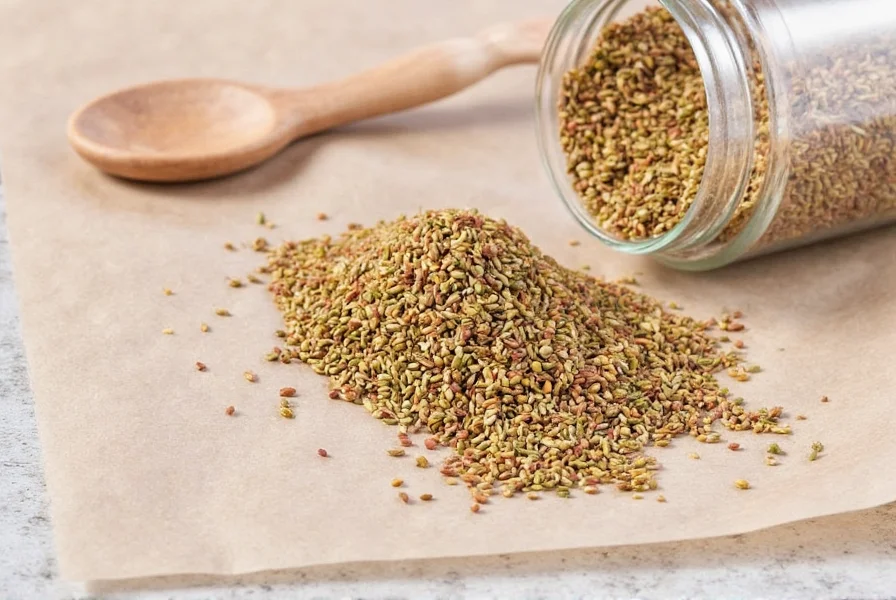
Remember: Start with small amounts, toast for maximum flavor, and pair with complementary ingredients. With practice, anatto seed will become your secret ingredient for creating restaurant-quality dishes at home.

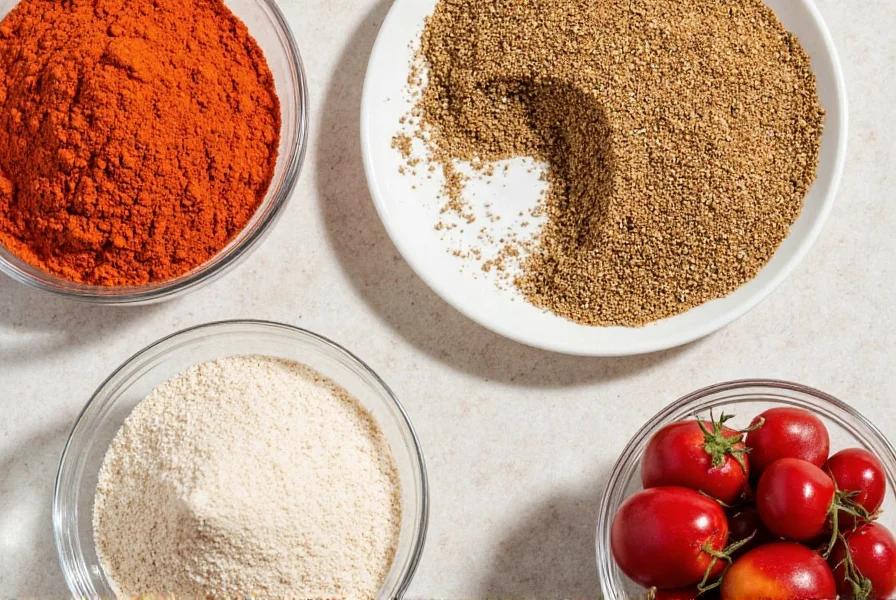









 浙公网安备
33010002000092号
浙公网安备
33010002000092号 浙B2-20120091-4
浙B2-20120091-4